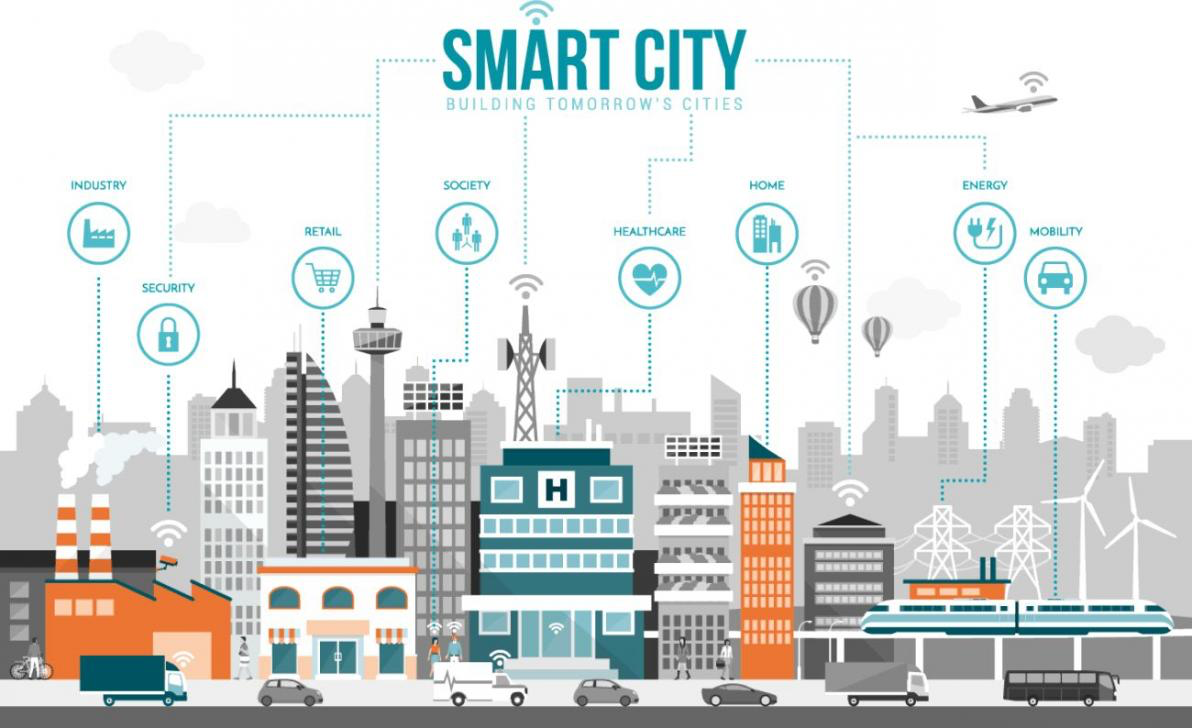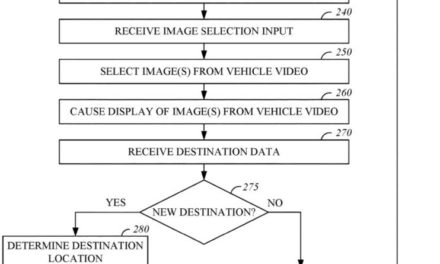The iPhone 15 and iPhone 15 Pro lineup is almost certain to replace Lighting ports with USB-C this fall launch with USB-C when it arrives in the fall to comply with a European Union (EU) law. But there could be complications.
The EU — political and economic union of 28 member states that are located primarily in Europe — has ruled that all smartphones must have USB-C by December 28, 2024. Other consumer products, such as tablets and gadgets, will also be required to switch to USB-C under the new law. Products that rely solely on wireless charging with no port will not have to include USB-C.
The common charger directive means that in 2024, a USB-C port will become mandatory for electronic devices such as mobile phones, tablets, and headphones. The EU says it will no longer be necessary to buy a different charger every time you purchase a new mobile phone or similar device: all of them can be recharged using the same charger.
The government agency adds that by, having a common charger will improve consumer convenience by harmonizing charging interfaces and fast charging technology, and will significantly reduce electronic waste.
However, a February 10 post on Weibo (China’s version of Twitter) says the iPhone 15 and iPhone 15 Pro’s USB-C port and accompanying charging cables will feature a Lightning-like authenticator chip, potentially limiting their functionality with accessories that aren’t Apple-approved.
The authenticator chip allows Apple to encourage customers to buy genuine iPhone peripherals and receive a commission on MFi-certified accessories, but it also allows Apple to tackle counterfeit and potentially dangerous accessories.
However, Laptop Mag says that such a move might be illegal under the new EU rules. The publication offers this info from the EU research dossier: “The maximum power should express the sum of the power required by the radio equipment to maintain operation and the power required to achieve the maximum charging speed.”
As noted by Tom’s Guide, if Apple decided to add a gateway in the form of MFi to USB-C accessories it could be seen to be circumventing the legislation even though it’s complied by adding USB-C to the iPhone.
Article provided with permission from AppleWorld.Today



